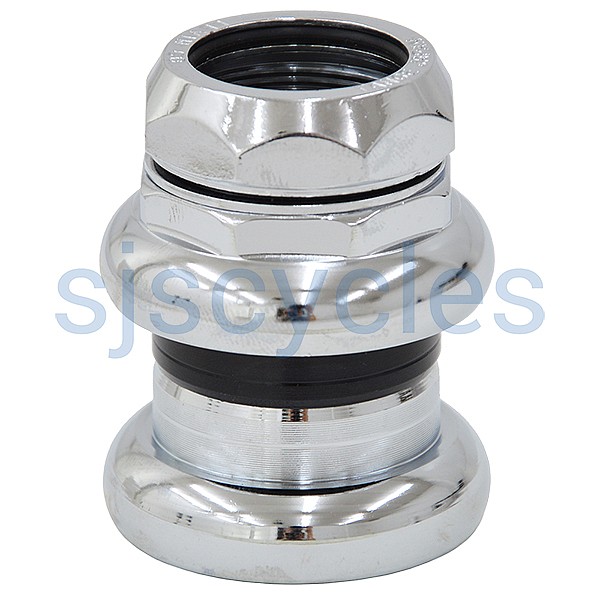Canuk wrote:25 years ago when a custom frame build was actually affordable and relevant (£320 for a custom 531 Rourke) nothing much really had changed. STI was just starting to rear its head but most people still used screw cassettes and quill handlebars /7/8b speed set ups. Clip on pedals had begun to take off but I still preferred clips.
It seems incredible now that almost every single part of the bicycle has changed. Hence my brake cables/chain suggestion. I suppose even in the next 10 years the shape of the bicycle might have evolved again, with little remain of today's technology existing in the future.
I think it's worth remembering that you're looking at the peak end of the market still. When you look at most bikes in circulation, and indeed still many new bikes, freewheels and 7/8 speed transmissions are still very much normal, and the humble quill is alive and well too. Not at the pointy end obviously, but you need to do a like for like comparison.
The high-tech cutting edge end of the market is very different and does move at pace, but it takes time for the trickle down effect, and it doesn't all trickle down. Somethings take a lot longer to become mainstream as well (if they ever do), bolt on stems rather than quill for example where around in the 40s and 50s in France, admittedly bolted to brazed steerers which still used a threaded headset but the concept isn't new, same with press-fit bottom brackets with cartridge bearings (also old tech) and many other 'modern' innovations which are actually just modern executions.
Poor finish and cheap poor quality components are not exclusively a historical thing either, likewise with high quality and complexity, so it's always a good idea to make sure you're comparing old apples with new ones rather than an old orange with a new apple.
There have been a few 'major' changes in bicycle technology history, each with decreasing magnitude in terms of actual effect I think, but a rough list that springs to mind is:
- direct drive to chain driven
- the advent of properly braked wheels
- a move from fixed to freewheel
- a move from single gears to multiple gears
- freewheels to cassettes
- threaded to thread-less headsets
- integrated handlebar shifting solutions
- electronic shifting
It's not an exhaustive list by any means, and you cna move stuff around a bit on it, and many of those major changes are still not complete or universal, and you can see as you go down the list it's more and more 'fiddling with the details' than the fundamentals.
If you took a 2018 bike back to 2018 your great grandfather might marvel at the precision and performance, and the weight and durability if your fantastic future-bike, but he'd still recognise it as a bike, still be able jump on a ride, and he might even work out how to change gear without prompting if he was an inquisitive type. Likewise, you could jump on a 1918 bike and ride with your friends today, it might not be quite as sprightly but ultimately they're both just bikes and work the same. jump forward a few decades and you're already into the reals of interchangeable parts, the wheels on my current bike will fit just find in my 80s bike, it'll have the wrong cassette but event that's easily remedied.
I think there's still more similarities than there are differences, at least as far as the whole goes, the differences are micro-changes and permutations of an otherwise fairly static whole.
Everything changes, yet still it stays the same.
Which parts do you think have undergone a fundamental change rather than mild dimensional changes? I count integrated shifting as a fairly big change, and the move to electronically shifted derailleurs, but most other bits I feel are less so, do you not think?
